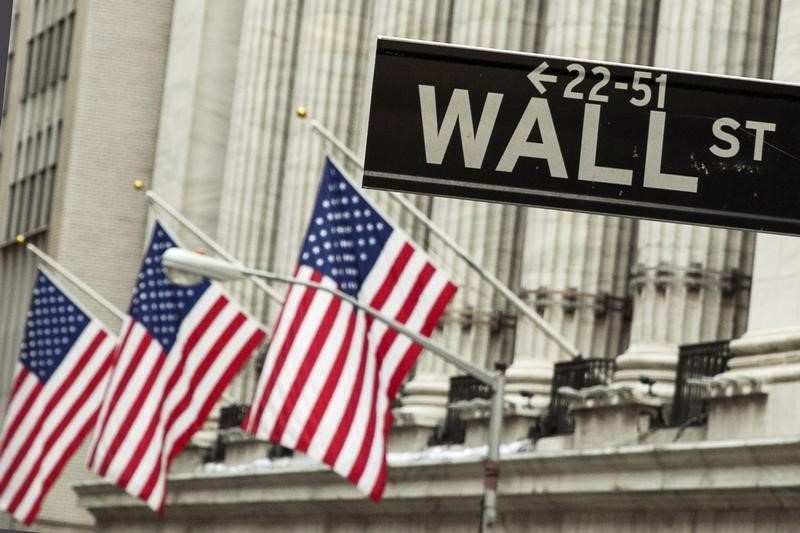Investing.com– U.S. stock index futures were rangebound in evening deals on Tuesday, steadying after a positive session on Wall Street as investors awaited the results of a tightly-contested presidential election.
Futures steadied after Wall Street rose sharply during the session, buoyed by a rebound in technology stocks from recent losses, while other sectors were encouraged by stronger-than-expected purchasing managers index data for October.
Markets were also positioning for a widely expected interest rate cut by the Federal Reserve on Thursday.
rose 0.1% to 5,818.0 points, while steadied at 20,337.75 points by 18:24 ET (23:24 GMT). rose 0.1% to 42,426.0 points.
Trump wins Indiana and Kentucky, Harris wins Vermont
Early reports showed Donald Trump pulling ahead of Kamala Harris in Indiana and Kentucky, while Harris won Vermont.
The initial count showed Trump in the lead for the presidency with 19 electoral votes, while Harris tailed at 3.
Polls going into the vote showed Harris and Trump were largely neck-and-neck, keeping uncertainty high over the potential outcome.
The election will also decide control of the Senate and the House of Representatives, dictating just how much headroom the new President will have to enact major policy changes.
Wall St upbeat on tech rebound, Fed watch
Wall Street indexes rose sharply on Tuesday, recovering from recent losses on gains in technology stocks. Anticipation of a rate cut by the Fed also factored into some risk appetite.
The rose 1.2% to 5,782.76 points, while the rose 1.4% to 18,438.62 points on Tuesday. The rose 1% to 42,221.88 points.
All three indexes were nursing a tumble from record highs in late-October following a mixed batch of mega-cap tech earnings, while uncertainty over future interest rate cuts by the Fed also weighed.
The central bank is widely expected to at the conclusion of a two-day meeting on Thursday.
Any signaling on the Fed’s plan for future rate cuts will be closely watched, given recent signs of stickiness in U.S. inflation. The central bank has signaled a largely data-driven approach to future easing.
Read the full article here


